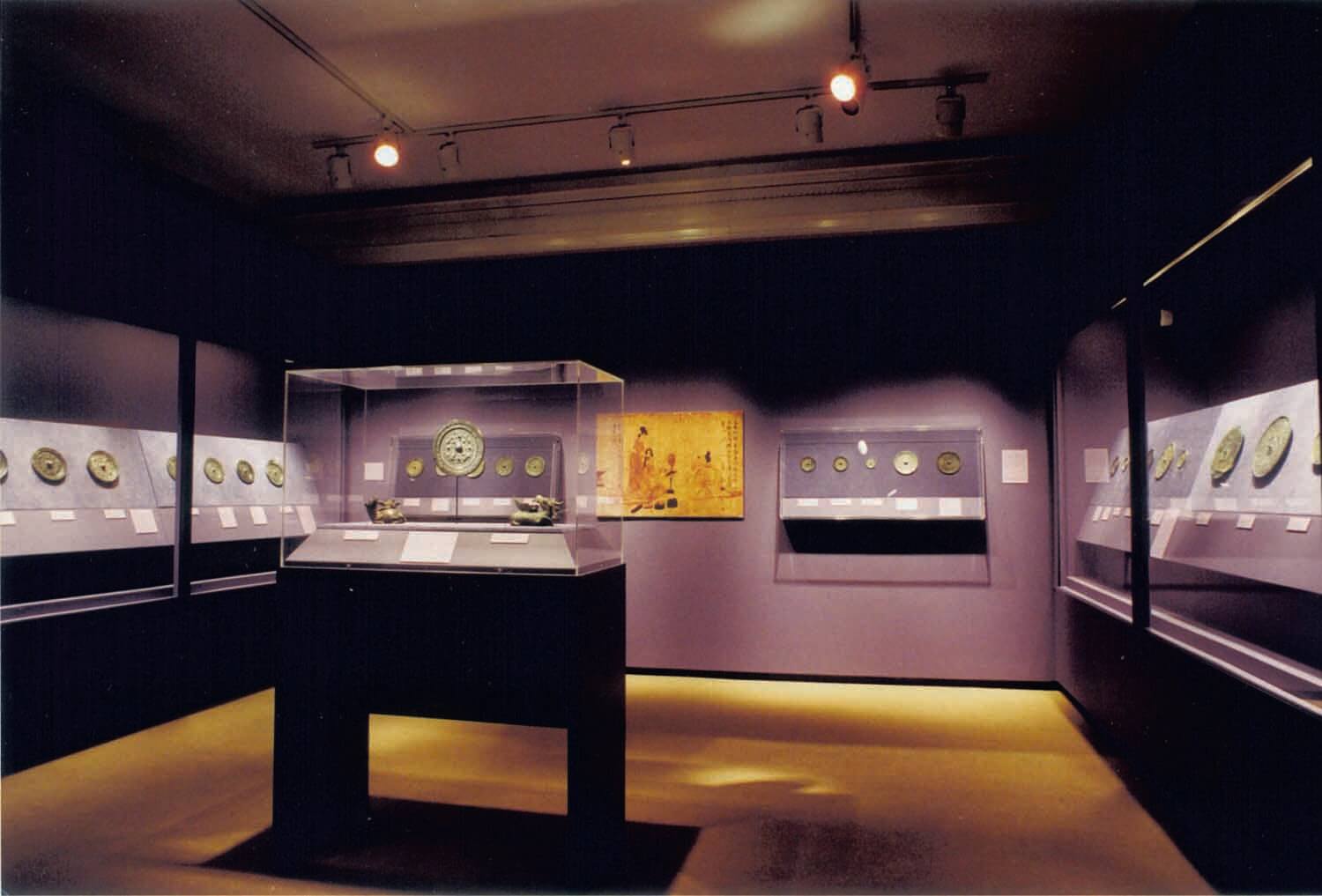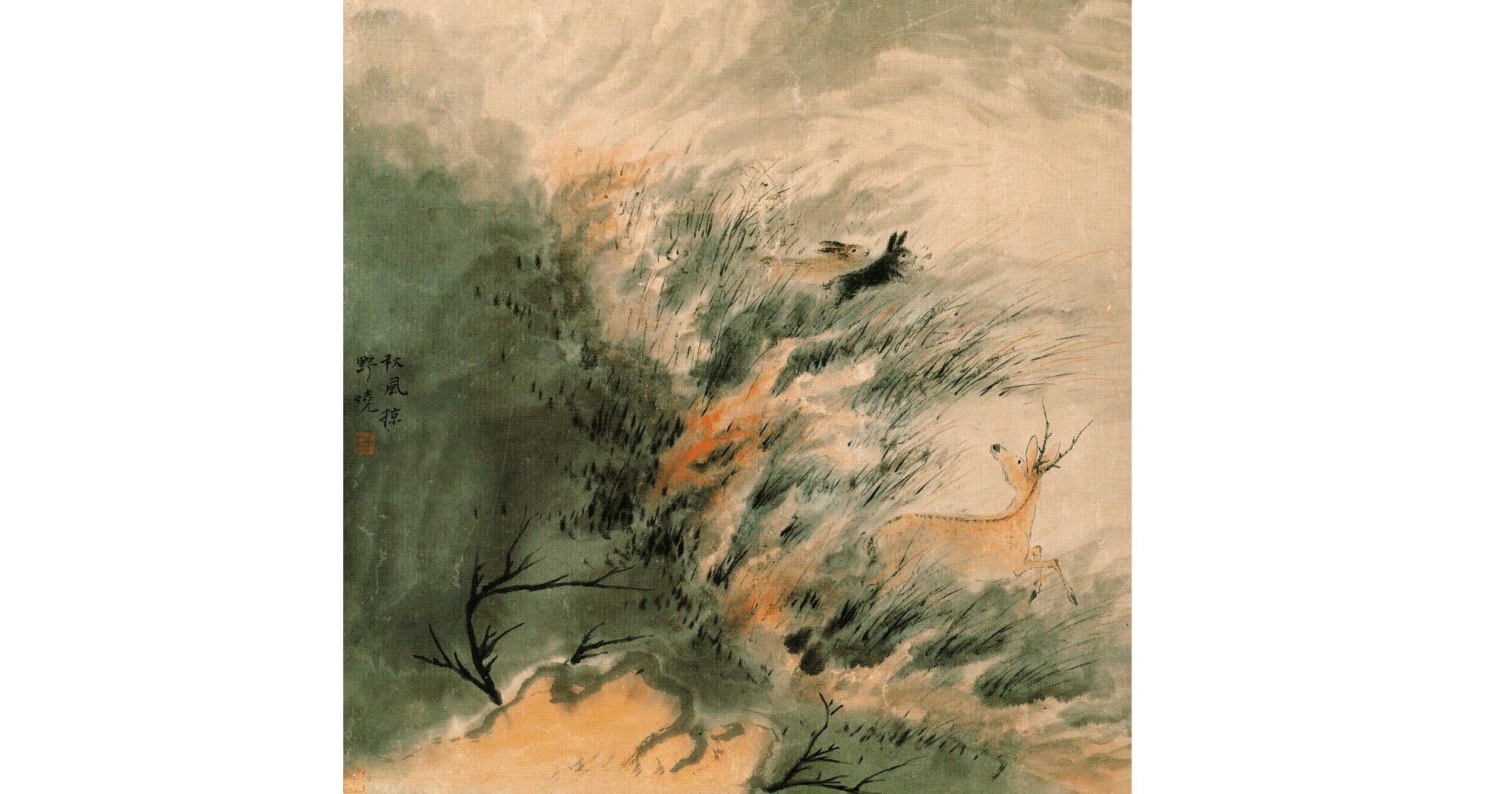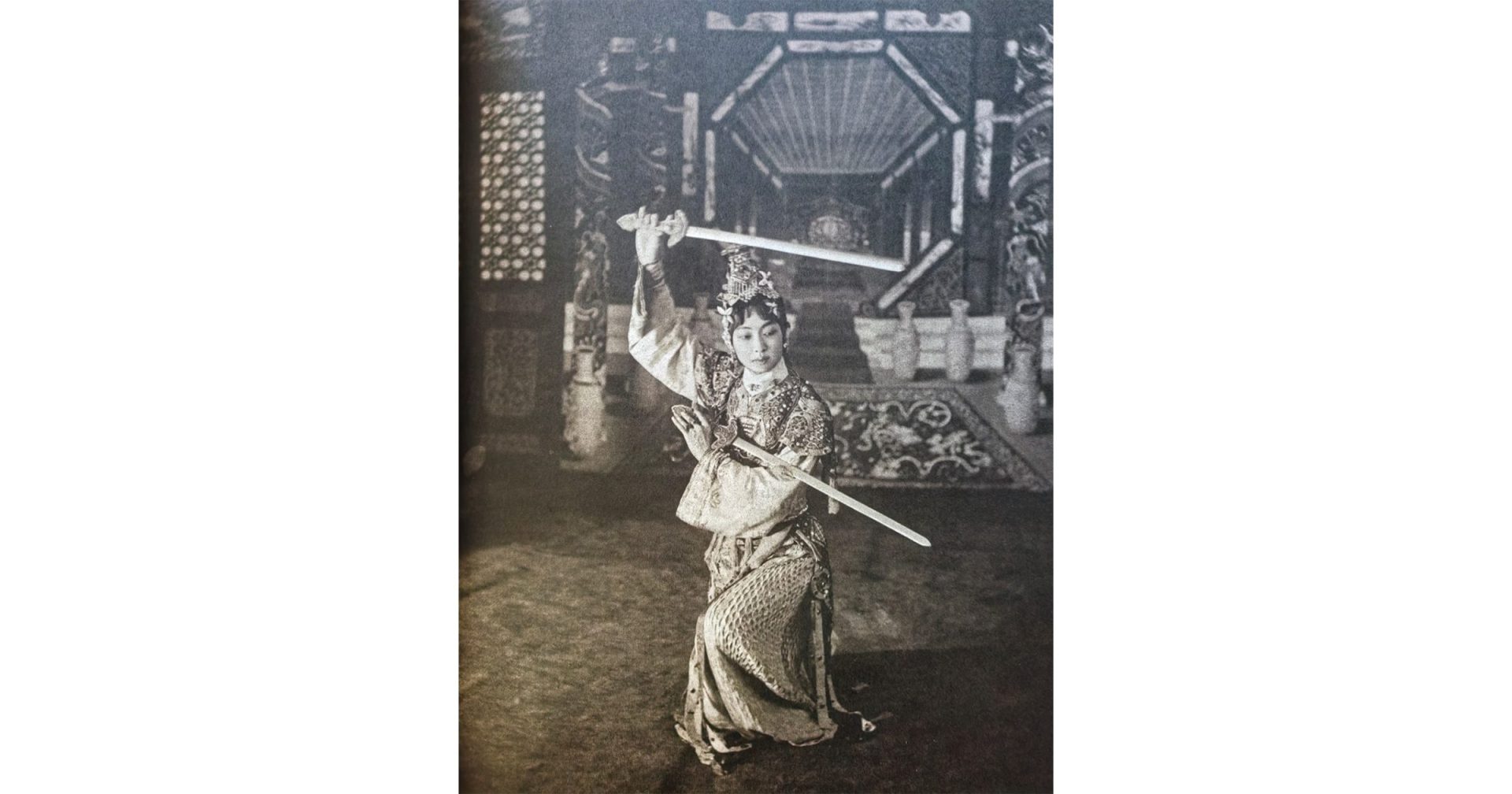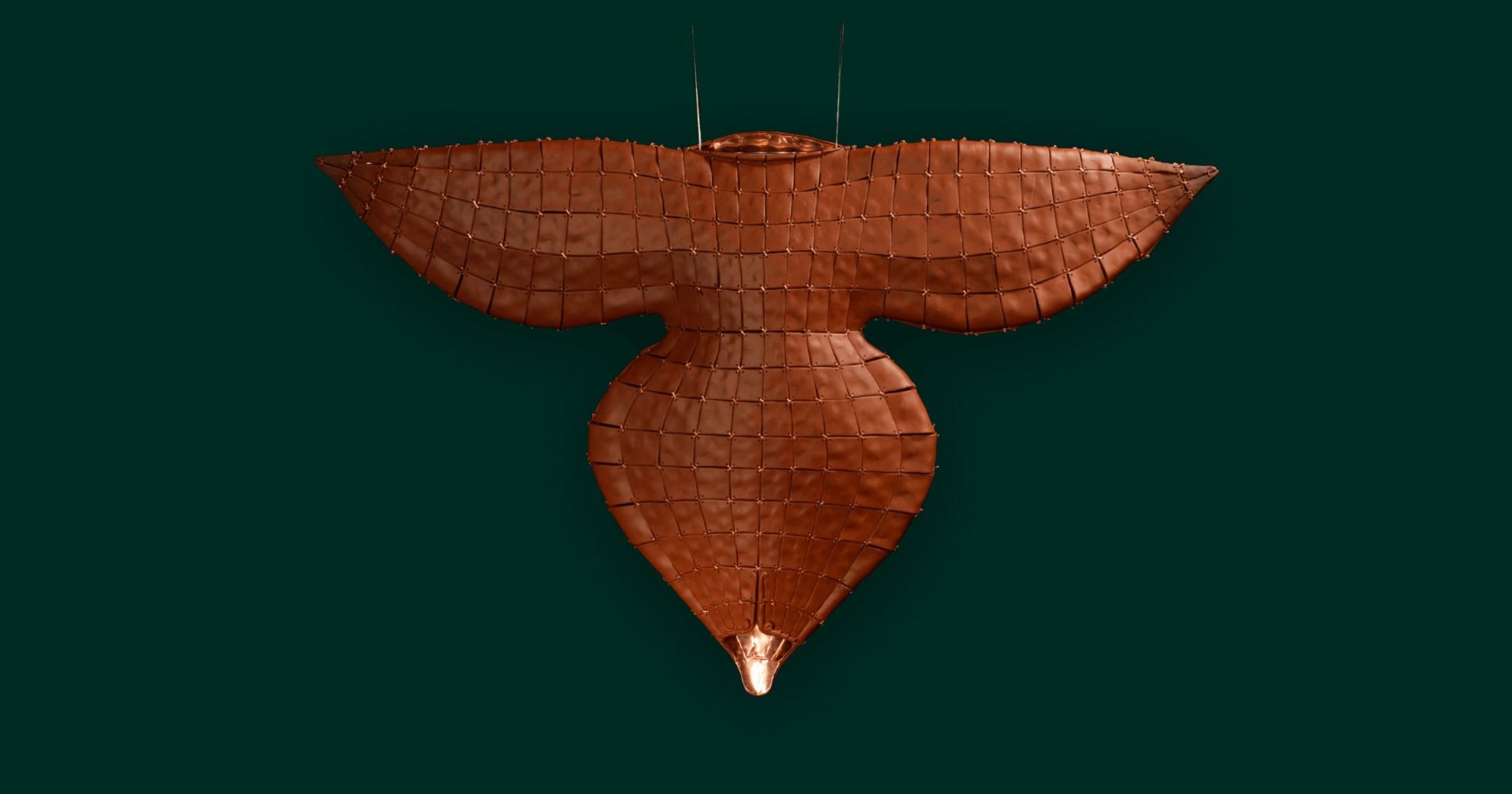Functionally used for more than cosmetic purposes, Chinese bronze mirrors embellished with detailed ornament were connected from early times to the royal courts. Imperial patronage resulted in ever-widening acceptance. Many mirrors were intended as gifts or regarded as tokens of affection. Others served political, religious, or mythical functions. Symbolically, the mirror was held in high esteem: as kin to the sun and the moon, its light penetrated to the depth of the human soul, as the symbol of the historian’s discipline. It was also a source of light and illumination in the netherworld. This exhibition featured more than ninety bronze mirrors, from pocket size to about fifteen inches in diameter, dating from the Warring States period (ca. 475–221 BCE) to the Qing dynasty (1644–1911), a span of roughly 2,500 years.

Circles of Reflection: The Carter Collection of Chinese Bronze Mirrors
见日之光:卡特藏中国铜镜
February 7 – June 2, 2002
Curated by Ju-hsi Chou
Exhibition organized by the Cleveland Museum of Art; catalogue published by Cleveland Museum of Art, Cleveland, Ohio; copyright 2000 by Cleveland Museum of Art.
• Cleveland Museum of Art, Cleveland, Ohio, September 17– November 26, 2000
• China Institute Gallery, New York, New York, February 7–June 2, 2002
• China Institute Gallery, New York, New York, February 7–June 2, 2002
Media Coverage
Media Coverage
- Asian Art
- Sing Tao Daily 星岛日报
- World Journal 世界日报
Related Programs
- Curator’s Lecture: Ju-hsi Chou, “Circles of Reflection: The Carter Collection of Chinese Bronze Mirrors” (February 7, 2002).
- Lecture: John S. Major, “Cultural Reflection: Holding the Universe in Your Hand” (March 19, 2002).
- Lecture: Suzanne Cahill, “The Moon Stopped in the Void: Daoism and the Literati Ideal in Chinese Bronze Mirrors of the Tang Dynasty” (April 2, 2002).
- Short Course: Robert T. Murowchick, “Ancient Chinese Bronzes from the Xia, Shang and Zhou” (May 7, 2002).
Related Events

September 10, 2026 - January 3, 2027
Founded in 1966, the China Institute Gallery has presented the history of Chinese art from antiquity to the present through superb and thought-provoking...

March 5 - July 19, 2026
One of the most dazzling of the performing arts, Beijing Opera features magnificent costumes inspired by the court attire of the Ming dynasty. The genre’s...
No related events found
